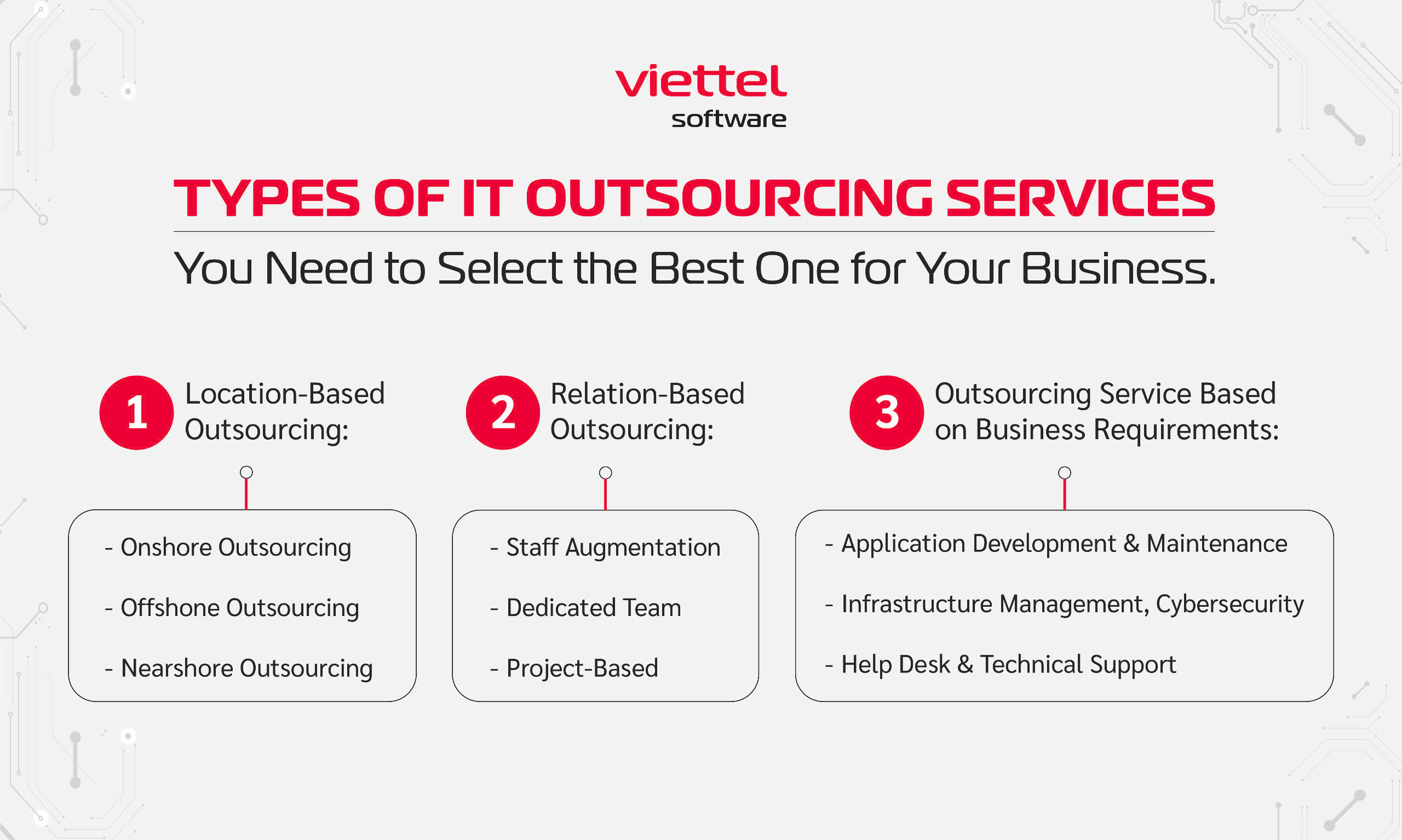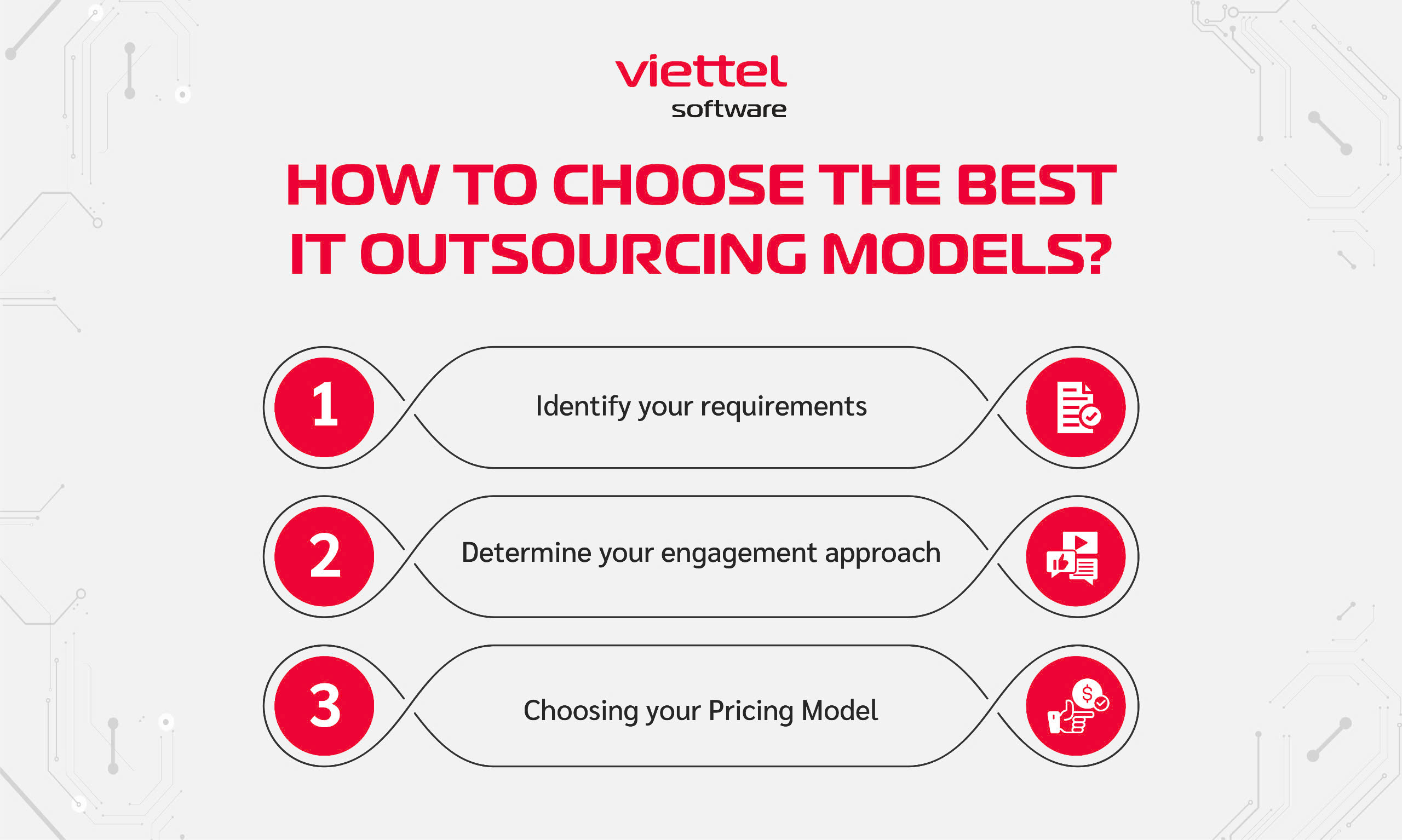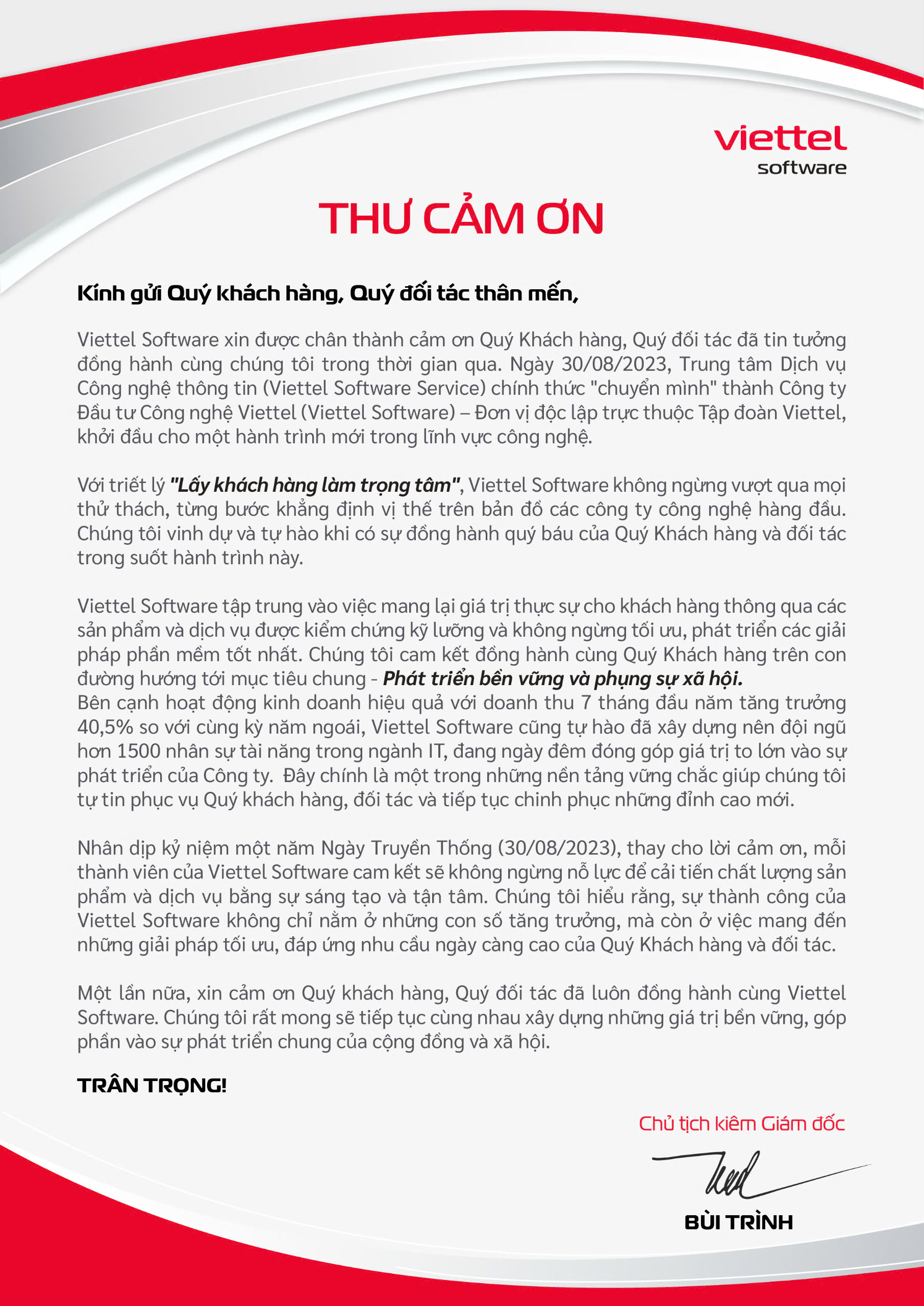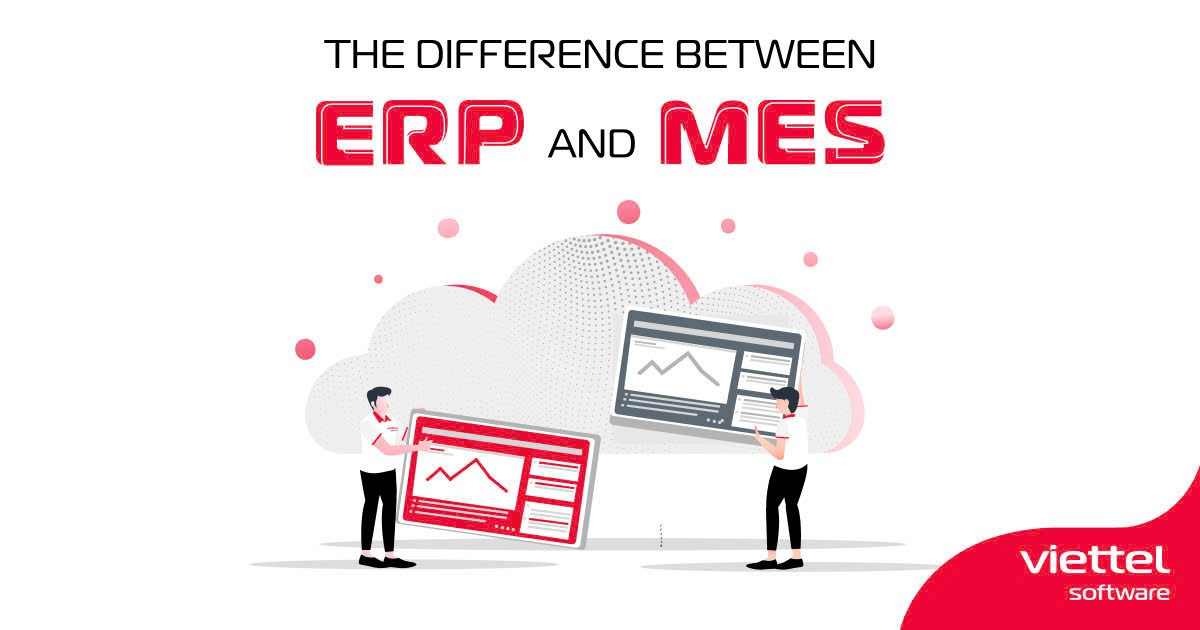Types of IT Outsourcing Models & How to Choose the Best One for Your Business

Building an in-house IT team is fantastic if your business has the budget or can find top talent. But in most other cases, outsourcing remains an excellent solution. According to Statista, revenue in the IT outsourcing market is projected to reach $541.10 billion by 2024.
Today, the variety of IT outsourcing models can be overwhelming, making it hard for businesses to choose. From turn-key solutions to augmenting your current team with experts, from project management to simply providing technical talent, the options are vast. IT outsourcing allows companies to focus on their core strengths while skilled offshore teams handle software development tasks. Collaboration between companies, even those from different cultural and industry backgrounds, has thrived, leading to cost savings and time efficiency. Smaller businesses can extend their teams through IT outsourcing services, while larger corporations often establish global offices to access diverse talent pools.
This article will help you better understand the most common IT outsourcing models today, helping your business choose the right one.
What is IT Outsourcing?
IT outsourcing is a method that allows companies to access IT services and skills without managing them internally. For example, a newly established company might choose to outsource its entire IT department or just specific tasks like web hosting or email support.
For startups, outsourcing is an attractive option due to limited resources and the lack of need for complex IT services at the initial stage. As the company grows and starts generating revenue, it becomes necessary to reassess the existing partnership with the IT provider. Before deciding whether to bring certain tasks in-house or continue outsourcing, businesses need to thoroughly evaluate if they should expand their current collaboration to meet increasing demands.
In-House Software Development vs. Outsourcing
When comparing in-house software development with outsourcing, opting for outsourcing is often a smart choice. The biggest advantage of outsourcing is access to skilled professionals at a lower cost. Outsourcing ensures quality standards and timely delivery, allowing business owners to focus on core values while the external team manages operations.
However, the decision between in-house and outsourcing depends on the project's functional and non-functional requirements as well as resource needs. What works for one project may not work for another. Sometimes, a hybrid approach, combining both in-house and outsourcing strategies, yields the best results. Ultimately, the right decision is the one that aligns best with your project's and company’s needs.
Popular IT Outsourcing Models

-
Location-Based IT Outsourcing Models
When choosing an outsourcing plan, the team's location is an important factor that affects how well you work together. This depends on geographic proximity, time zone differences, and cultural similarities. Let’s explore the three main types of IT outsourcing:
Onshore Outsourcing
Onshore outsourcing is when a business delegates IT tasks to a vendor in the same country, also known as homeshoring. This option allows companies to tap into local talent without expanding their in-house teams, reducing costs and filling skill gaps as needed without long-term commitments.Geographical proximity provides many benefits, such as easier face-to-face meetings, presentations, and regular updates. In-person meetings foster better project management and stronger relationships with partners. However, onshore outsourcing tends to be more expensive compared to other models.
Nearshore Outsourcing
Nearshore outsourcing is when businesses delegate IT tasks to vendors in nearby countries, typically in the same or similar time zones. Companies often choose nearshoring for cost savings, especially when faced with high labor costs in their region. Nearshoring provides access to more service providers and skilled technicians at mid-range prices, helping companies save money while maintaining quality work.The close distance enables smoother communication, faster response times, and minimizes travel issues. Additionally, cultural similarities and shared languages reduce conflicts, and any issues that arise can be more easily addressed through in-person meetings.
Offshore Outsourcing
Offshore outsourcing occurs when businesses hire a vendor from a distant country to handle IT tasks. This is a cost-saving solution due to the lower wages in other countries, such as paying $15–25 per hour compared to $200 per hour in the U.S., making it a great fit for startups with limited budgets.
While it provides access to specialized talent from various regions, offshore outsourcing can face communication challenges due to geographic distance and time zone differences. It works best for tasks that can be managed remotely, though language and cultural differences can sometimes pose challenges in communication.
-
Relation-Based IT Outsourcing Models
Staff Augmentation Model
Staff augmentation, or workforce augmentation, is an IT outsourcing method that helps fill skill gaps within your existing team. This solution is ideal for non-IT companies that occasionally need to undertake IT projects without wanting to hire permanent staff. This model eliminates the need to hire full-time employees when you only require on-demand specialists for specific projects.In this model, the employees provided will be on the vendor's payroll. You only pay for the service, and the augmented staff will work full-time for you until the contract ends. All expenses related to salaries and benefits are managed by the service provider.
Dedicated Team Model
The dedicated team model, or managed team, involves hiring a separate development team to handle a specific part of your project. This team operates independently and typically has its own project manager. Communication usually goes through the dedicated team's manager or the client's project manager or CTO.Choosing a dedicated team is beneficial when you need specialized expertise focused solely on your project. This model works well when your main team is busy with your core product, and you need support for a side project.
Project-Based Model
The project-based model means handing over the entire software development process to an outsourcing company. They are responsible for everything from planning to the final product release. The client and the outsourcing provider agree on project details, timelines, and what needs to be delivered. Vendor project managers oversee the development, and the client has minimal involvement in daily operations. This model is suitable for projects with a large workload or specific skill requirements.-
Based on Business Needs:
Application Development and Maintenance:
You can hire experts to develop software applications, including
mobile, web, and custom solutions. Outsourcing the development,
improvement, and maintenance processes saves time, money, and
resources.
Infrastructure Management:
IT outsourcing for infrastructure management includes maintaining
your network, servers, storage, and other IT systems. This allows
for easy scalability and security, freeing up internal resources
to focus on core business activities.
Cybersecurity:
With the rising number of cyber threats, organizations need to
understand the importance of building robust cybersecurity
measures. By outsourcing cybersecurity services to third-party
providers, you can create a secure environment for sensitive data,
mitigate risks, and comply with industry regulations.
Help Desk and Technical Support:
Quick and accurate customer service is crucial for business growth
and sustainability. Outsourcing your technical support and help
desk functions ensures 24/7 availability, prompt problem
resolution, and enhanced customer satisfaction.
How to Choose the Right ITO Model?

Identify Business Requirements
You don’t have to rely on a single IT outsourcing model, even when working with one service provider. Most IT companies offer some flexibility in choosing a collaboration model. You may also end up using a hybrid pricing model. For example, you could develop a Time & Material (T&M) contract but with a cap on monthly hours.Your choice of outsourcing model will largely depend on your project budget. Additionally, consider the following factors when making your decision:
- The scope of your project.
- The estimated project completion time.
- Your preferred project management methodology.
- Whether the team might need to scale during the development process.
- The level of technological innovation in the project.
Determine Your Engagement Method:
What level of interaction do you want with your IT outsourcing service company? Would you prefer to delegate the entire project and only engage when it’s completed, or do you want to be involved throughout the development process? Also, don’t forget to ensure quality assurance (QA) and quality control (QC) criteria with your outsourcing partner.
Your chosen collaboration method with your IT outsourcing partner will play a crucial role in determining the most suitable outsourcing model for effective project management.
Choosing Your Pricing Model:
Establishing a fixed cost for IT outsourcing services and exploring various pricing models is essential when outsourcing services for your project. Based on the required services and expertise, you can consider options such as fixed-price, value-based, or competitive pricing models. Once your budget is set, you can focus your search on a reputable outsourcing company that aligns with your project’s specific needs while remaining within budget constraints.
Each type of IT outsourcing offers distinct benefits, depending on the goals and needs of each business. Choosing the right type not only helps save costs but also optimizes performance and creates flexibility for the business during the development process.
Viettel Software is proud to be a trusted partner in providing IT outsourcing services, with extensive experience in implementing numerous large technology projects domestically and internationally. We not only provide software outsourcing services but also support businesses in their comprehensive digital transformation process.
Contact us for consulting and tailored solutions for your
business!
Email: contact@viettelsoftware.com
Hotline: (+84) 988889446.




